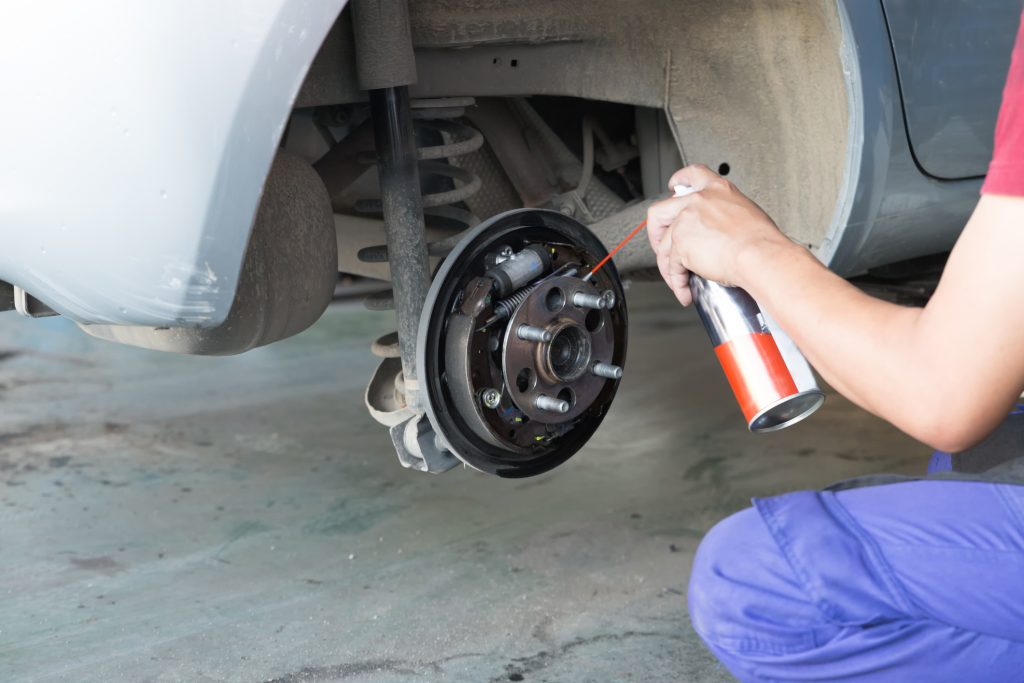
For any car owner, clean and well-maintained brakes are key to a smooth, comfortable ride. As such, having brakes regularly cleaned is an important part of good automotive maintenance. But how exactly does it work? How does one manage to effectively clean off all the debris, dirt, and dust that has steadily built up on the brakes after a long period of time? It’s not always easy, but understanding proper brake cleaning processes is essential for a job well done.
Here’s what auto body training students should know about brake cleaning.
Spray Cleaner and Any Other Tools You Need to Get the Job Done
When it comes to brake cleaning, you can often use a spray-on cleaner to get most of the dirty work out of the way quickly. Don’t forget to have a container on hand to catch any debris falling off the brake while you clean it. With a brake cleaning spray, the job can get done without necessarily having to take apart any of the brake’s components, even if the tire itself will need to be removed from the vehicle.
Be aware of the clothes you’re wearing during the cleaning process, as you will want protective eyewear, gloves, and anything else that can protect you from exposure to toxic chemicals. If there’s rust on the car’s caliper brackets or the backing plate of the brakes, try using a wire brush to remove it once you’ve finished spraying.

How to Effectively Clean Brakes, and Why It’s Important to Do
Any auto body repair technician should understand what needs to be done whenever a car owner’s brakes are covered in gunk. Once you’ve collected the tools you need, make sure to cool down the brakes and their surrounding components. This is because applying brake cleaner to hot metal can spell serious trouble, risking spontaneous combustion and exposure to poisonous chemicals. Remember that regular brake cleaning is important, as not sufficiently lubricating caliper brackets and removing rust can lead to problems for the driver, impeding their ability to stop or causing possible brake noise. If you’re cleaning brakes in a garage, clean them on a jack stand or a hoist to ease the process after you’ve taken the wheel off.

Other Tips for an Auto Body Repair Technician to Remember
An additional thing to keep in mind about brake cleaning for anyone taking auto body technician training is that the chemicals in the spray can cause damage to the vehicle’s paint and finish. Therefore, be sure that the vehicle itself is sufficiently protected from exposure to these chemicals whilst cleaning. Additionally, the best environment to clean brakes in is indoors. Any outdoor brake cleaning should be done on a clear day without any wind, in case it causes the cleaner to blow onto the vehicle. Upon finishing the cleaning, use a rag to wipe them down, or leave them to air dry. Furthermore, make sure to do your research on local regulations with regards to throwing away the debris and spray in your container.
Want to work your way toward auto body technician careers?
Contact Automotive Training Centres today!


